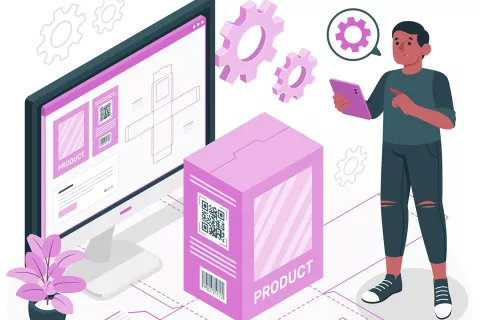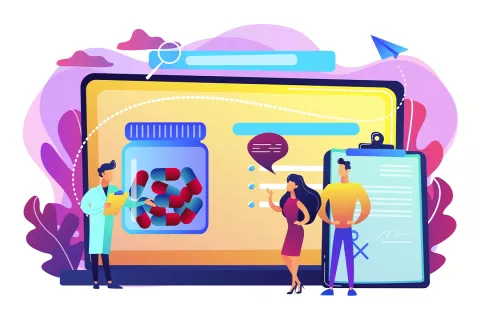
With an increase in self-medication, the demand to have drug labels provide as much information as possible is growing. In the pharmaceutical industry, customers and patients must be protected by a clear, concise label that provides information about medications. Drug labels must provide customers with a way to know more about their formulas, how they are used, and what to do if there is a medical emergency. There shall be written procedures designed to ensure proper labeling, markings, and packing materials are used for the drugs products, and those written procedures shall be followed.
Certain drug product information such as advertisements, promotional materials, and general information about diseases is not generally considered drug product labeling and shall not appear on the labeling and packaging materials. Labeling and packaging materials shall be representatively sampled, examined, or tested when received and before being used in the packing or labeling of the drug product. Where novel drug products for investigative uses are intended to be reconstituted during distribution, their labeling must contain the shelf-life information of the reconstituted drug product. Holders of approved New Drug Application(s) for over-the-counter drug products are required, under SS 314.70 of this chapter, to notify the United States Food and Drug Administration (USFDA) of changes in packaging and labeling to satisfy this section’s requirements.
The FDA requires that all drug product labels include the Drug Facts Table to clarify drug information. One of the FDA’s primary duties is regulating labeling standards for drug, health, nutritional, and food products. Regulatory provisions exist within the food and drug regulations, which are directed to drugstore labels (e.g., drug-label materials are not subject to as strict regulations as packaging/containers which would meet a marketed medication).
Drug manufacturers must take additional steps to ensure the labeling of products is separated during manufacturing and applications. Multi-layer labels are commonly used as there is an extensive amount of information that must be shared between drug products and medical products. Used in different aspects of drug packaging, extended-content labels can be longer. From just a couple of pages (think about the peel-and-reseal labels that are common for many over-the-counter products) to complete pamphlets, they can be as long as sixty (60) pages, more typically used in clinical trials and for prescription drug packaging. In the pharmaceutical industry, extended content booklets bring label design to a whole new level.
Label requirements help to standardize label formats and language statements, making pharma product packaging and information easier to read and understand. As new regimens and improved formulas of medications emerged, drug labels and packaging also had to evolve to meet new demands. We have put together a list of guidelines to help you understand drug labels and health products better. Whether labeling prescription drugs or medical devices, all pharmacological and health care products should be properly labeled to ensure the safety of consumers.
This is particularly important where the label does not have sufficient room for the more detailed medication information a health care provider might need to administer the product safely and effectively. Manufacturer/sponsor-generated labeling distributed when dispensing or purchasing, which contains information that enhances patient compliance or promotes the effective and safe use of the drug product, must be submitted and reviewed by Health Canada. Drug labels must include instructions for use, instructions for disposal, warnings about allergies, the date for expiry, and contact information for emergency medical services. In addition to product counterfeiting or misrepresentation, products that look physically identical or similar such as some nutritional supplements, may contain different ingredients or components but, because of the similar appearance, may unintentionally be incorrectly packaged or mislabeled.
Sustainability-wise labels can typically be made from materials that are more environmentally friendly (and less expensive) than plastic bottles. So, an extended content booklet is simply an easy, logical means of providing a greater amount of content space to pharma products.
By following HA regulations, along with our recommended best practices for spatial arrangement, our labeling specialists at Freyr can provide even more assurance of product safety. Consult Freyr for compliance in labeling.









